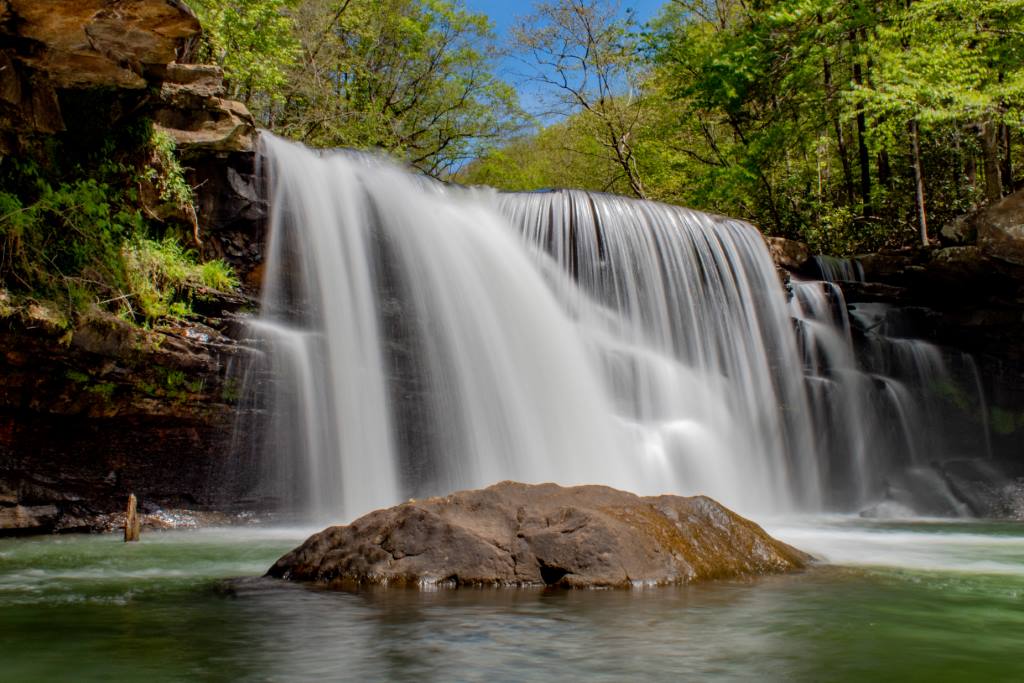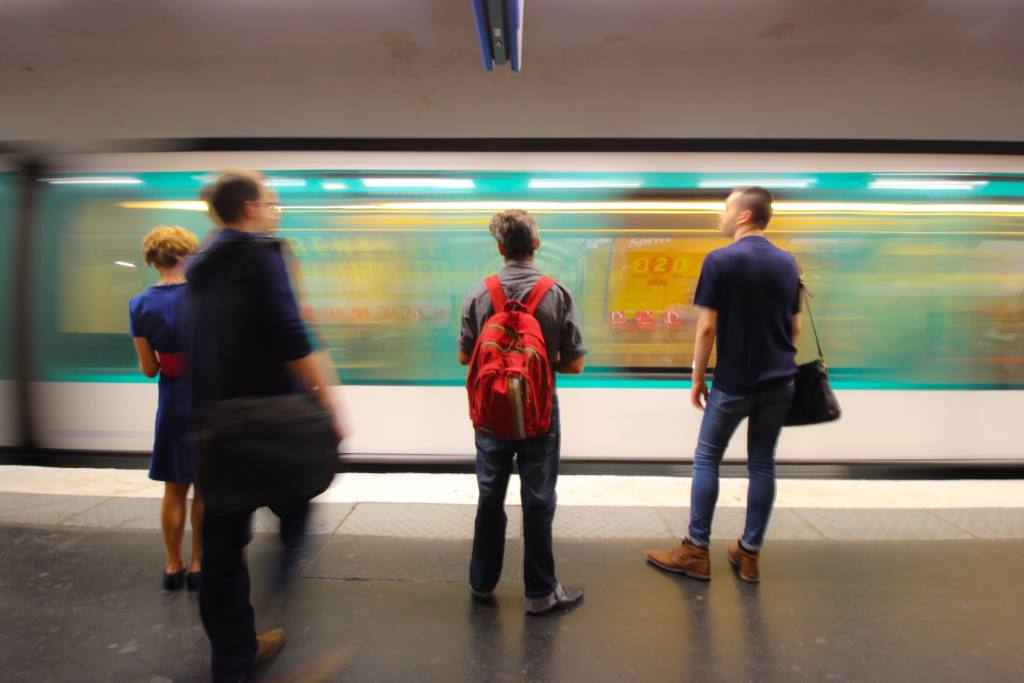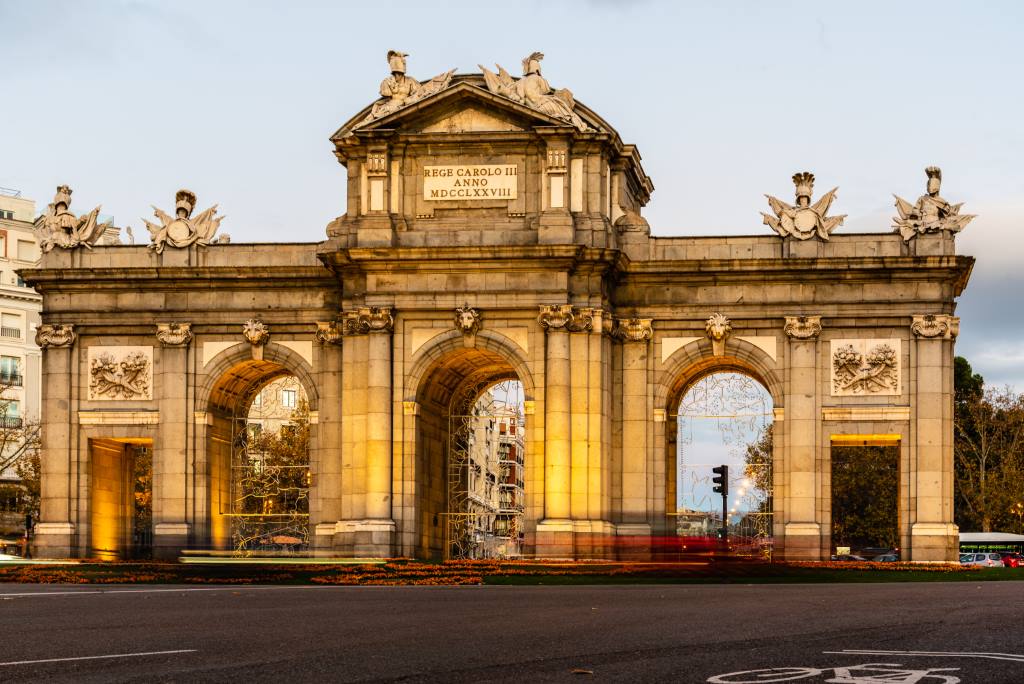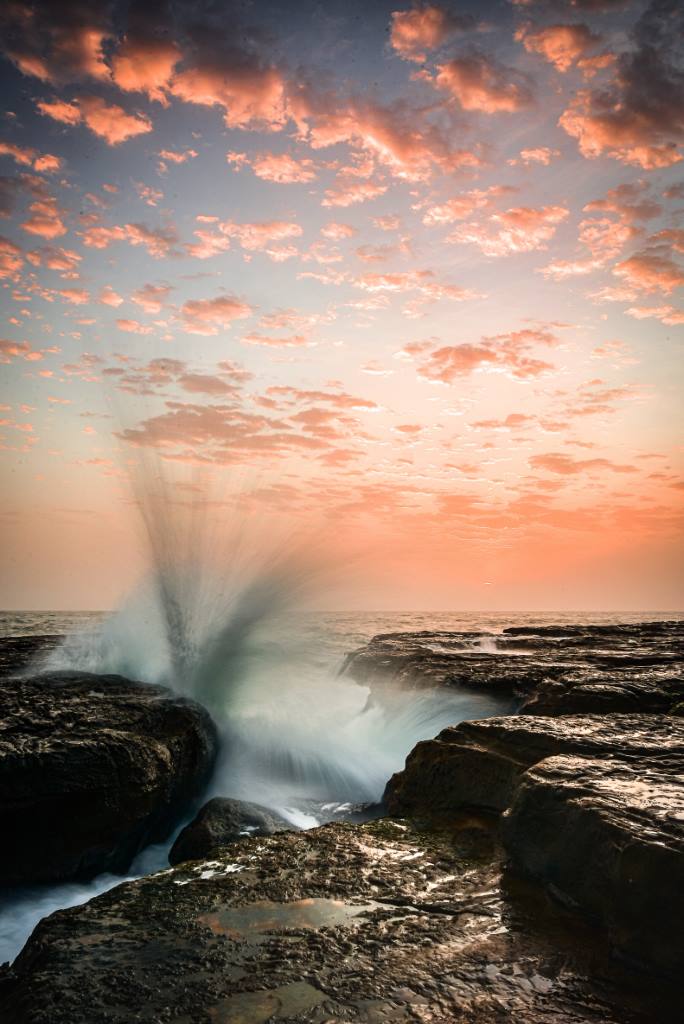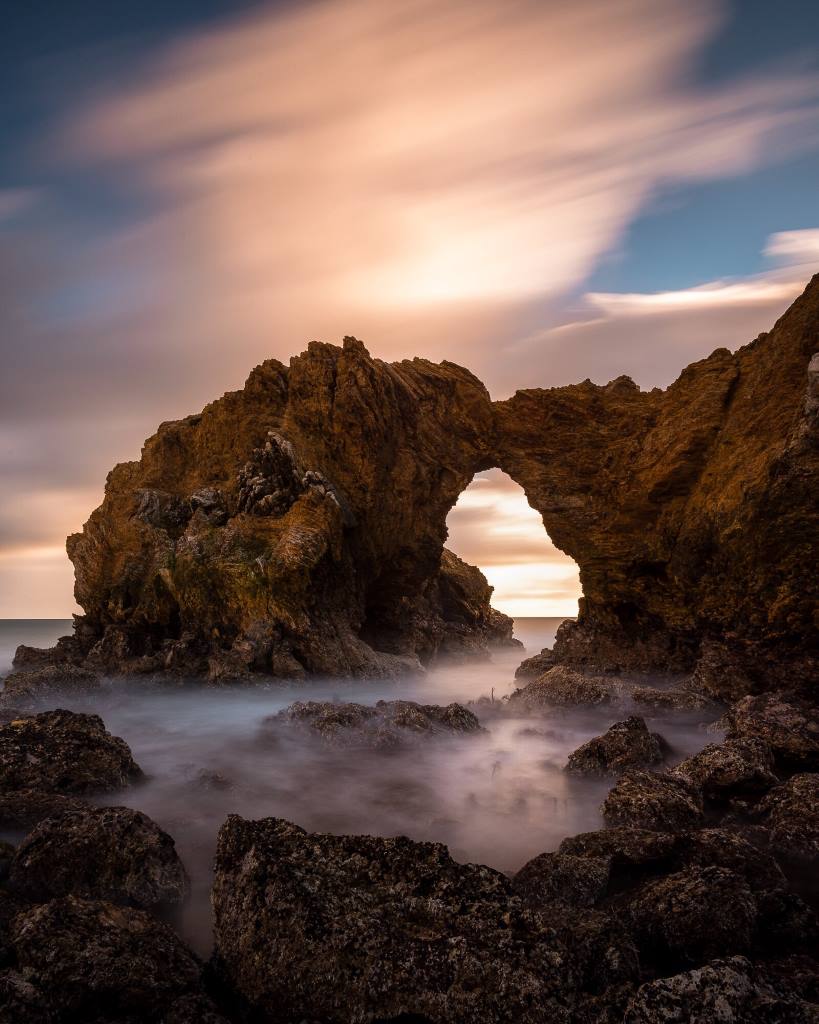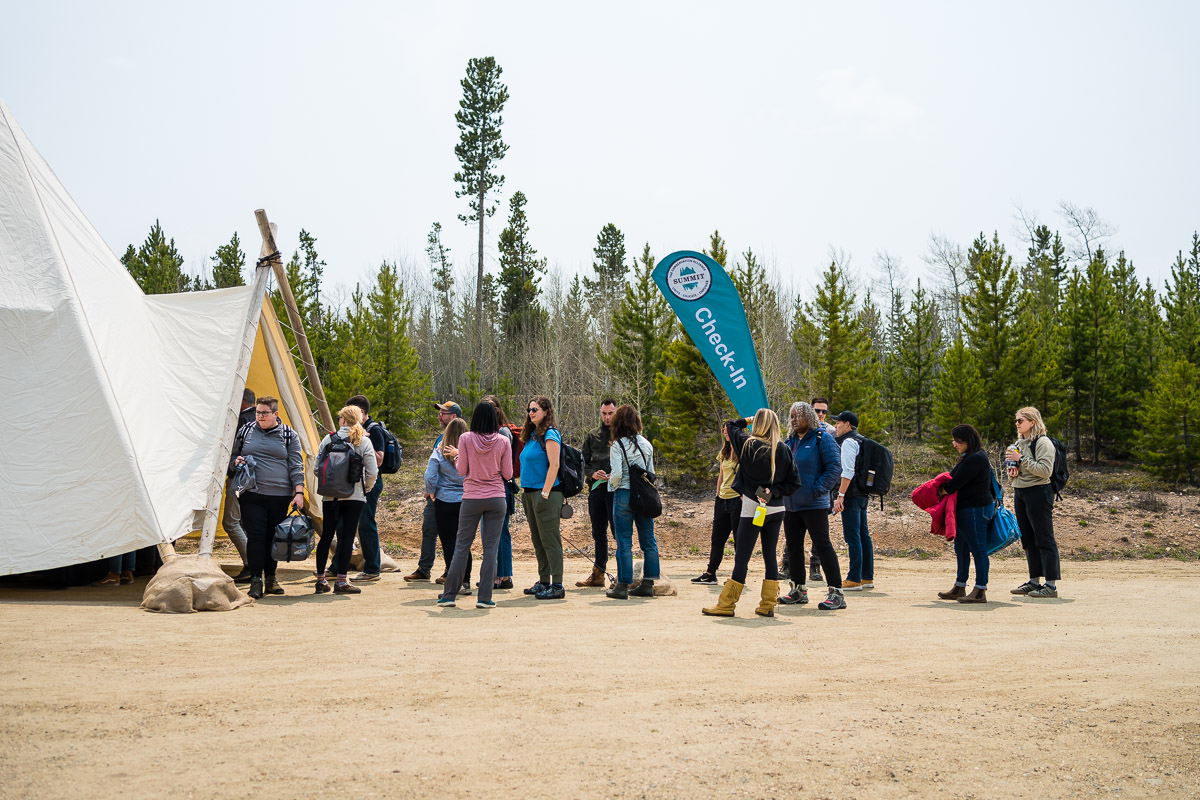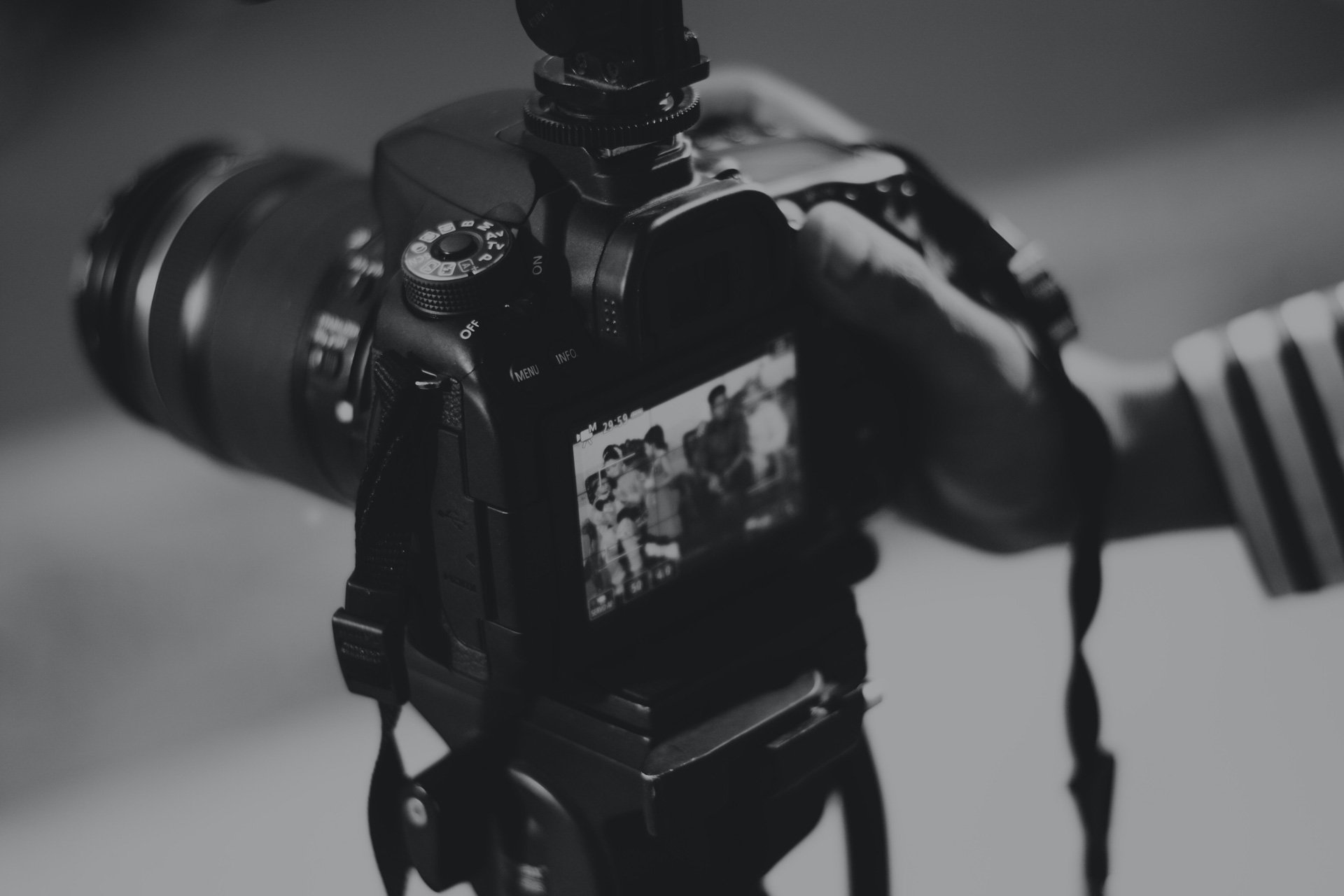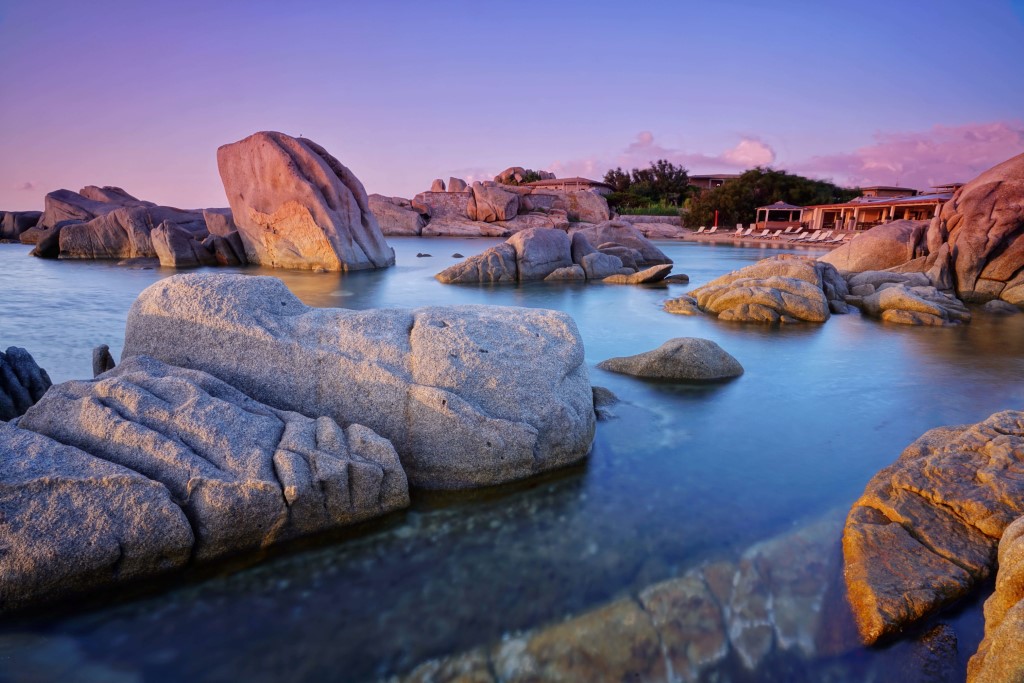Neutral Density or ND filters come in various types to help perfect your images. If you haven’t already read What is an ND Filter or the Top Reasons You Need ND Filters, NDs stop down the light that’s entering the camera allowing for more creative flexibility without affecting the colors. One of the more well-known applications for an ND filter is taking long exposures. Here’s how that works.
Although the sun is a great natural light source, there is such a thing as too much of a good thing. Bright sunny days may boost your overall mood, but they can really complicate a shooting situation. If your scene is too bright to slow your shutter speed, try adding an ND filter to compensate. By reducing the light, your settings are easier to manipulate, allowing for more creative control, including your shutter speed. In harsh sunlight, something like a 10-stop ND can really allow you to slow the shutter down to achieve the look you’re after.
Long exposures can be used to create motion blur, an effect that a photographer might be looking for when shooting moving objects. Motion blur is what can turn a running creek into a rich, milky, smooth surface. It’s also what gives distortion to individual moving objects such as a race car on a track or a basketball player on the court. By using a slower shutter speed, individual movements are captured altogether allowing for the motion to blur together which can be beautiful and serene, or eerie and distorted depending on your subject and how you shoot. It’s a great way to turn your images into something unique and can really set the mood for the photo along with showing movement in a static image.
Alongside motion blur, let’s do a quick thought experiment. Say you’re exploring a new city and you’re looking to shoot a famous monument. More likely than not, in densely populated urban areas there’s a crowd of people surrounding the monument you wish to capture. By setting your camera on a tripod and slowing your shutter speed, the people obstructing your view will blur leaving you with a clearer view of the monument. Throw an ND filter onto the camera to capture the monument and blur the people, leaving you with a crisp image of the structure without the crowd blocking your shot.
Different ND filters will give you different effects in terms of a long exposure. “Quick” long exposures use lower-strength ND filters like a 1, 2, or 3 stop to preserve most textures in a scene while providing mild motion blur. These strength filters may also prove useful in lower lighting to create the look of a “semi-long” exposure.
For “semi-long” exposures in brighter conditions, you could try a 6-stop ND to get more of that milky white effect on moving water, creating a dream-like effect with blurred clouds in the sky. In full sun, something like a 6-stop may appear more like a “quick” long exposure, but it will still create some effect.
“Ultra” long exposures, on the other hand, can be achieved using a 10-stop or higher ND to make the water look like glass or ice while the clouds blur in the sky. The higher the stops, the more light is blocked meaning that high-strength NDs are especially great for harsh light conditions.
To try multiple stops at once, try the Kolari Pro VND in 2-5 stops or in 6-9 stops to get your perfect shot. For photographers looking to downsize their filter collection, a VND can save a lot of space in a camera bag. To read more about them, check out our article on What is a VND Filter.
To calculate how stops relate to exposure time, check out the chart in What Do the Numbers on ND Filters Mean.
To stay up to date on new releases and updates, be sure to subscribe to our newsletter.
Visit our shop to learn more about our ND filters and other products to see if there’s something there for you.
